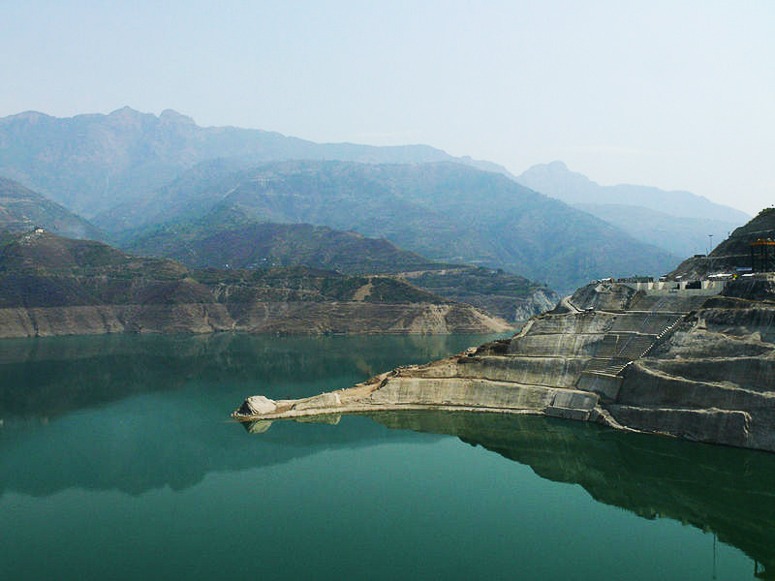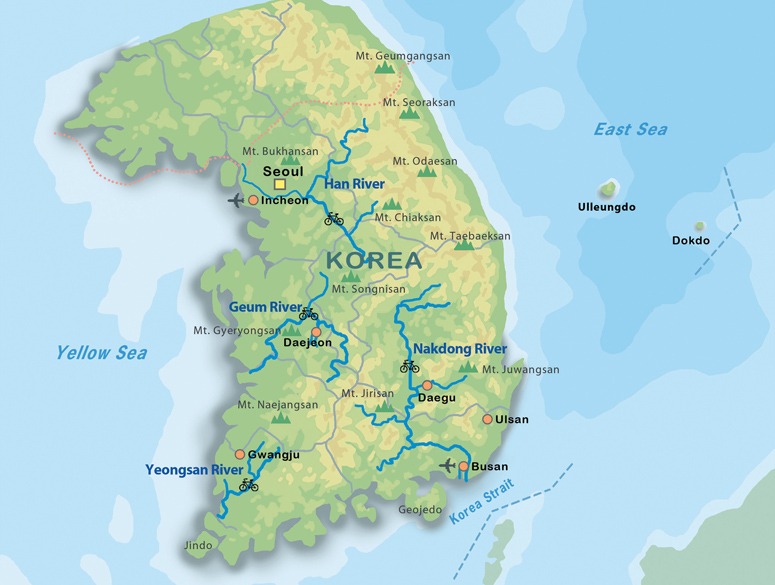
Andre le Notre's parterre is being used as a building site
Andre Le Notre was the greatest landscape architect of the seventeenth century and he only designed one project in England. It was the parterre in front of the Queen’s House in Greenwich and it was selected as the best place to build a stadium for the 2012 equestrian olympics. This shows no regard for conservation and, if it had to be done, there should have been a full archaeological investigation and
a full restoration plan for the surviving earthworks. They are not being damaged but nor is there any restoration plan.
Setting this issue aside, the scene illustrated above does make me wonder if Olympic structures should all be demountable, like the tent for the Chelsea Flower Show. The
International Olympic Committee could spend less money on luxurious provision for its hated members and more money on a stock of re-usable buildings. The Montreal Olympics set a standard for profligacy and left
the city in debt for 30 years. The
Athens Olympics gave the whole country a taste for debt which took it well on the way to the country’s present financial predicament: ‘As of 2012 many conversion schemes have stalled owing to the financial crisis in Greece and most of the Olympic sites are either derelict or dilapidated.’ So why not have a stock of temporary structures which can be put up and taken down. Greenwich has shown that permission to build on EVEN THE MOST SENSITIVE HISTORICAL SITES can be obtained in a conservation-obsessed country. The principle to follow is that the after-use of any facilities should be planned and designed and funded before any temporary Olympic use is considered. This approach would be more sustainable.
Note: the ugly temporary fence in the foreground is the Royal Parks’ annual botched attempt to deal with the grass on what used to be the Giant Steps. The correct policy, which will surely be implemented at some point in the future, would be to use geotextiles to restore the historical feature. The underlying problem is that there are, so far as I know, no garden historians or landscape architects employed in the
Royal Parks. It is like running a hospital with no doctors.
Nursing is not enough.
It is appropriate for a Chief Executive of the Royal Parks to have a broad view of the role of parks in society, rather than a specialist view, but one does wonder if
Linda Lennon’s background with the Parole Board and the Family Courts is ‘just the thing’. This may be what is needed for troubled parks in run down urban areas – but is it right for the Royal Parks in Central London? Maybe she just has the talent to run anything, as is assumed to be the case for the UK’s top civil servants.




